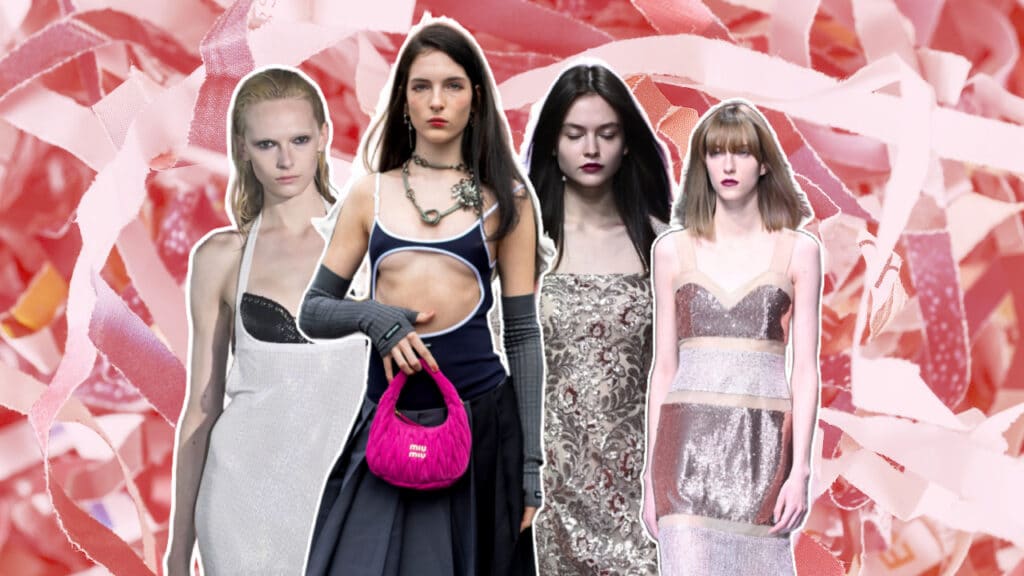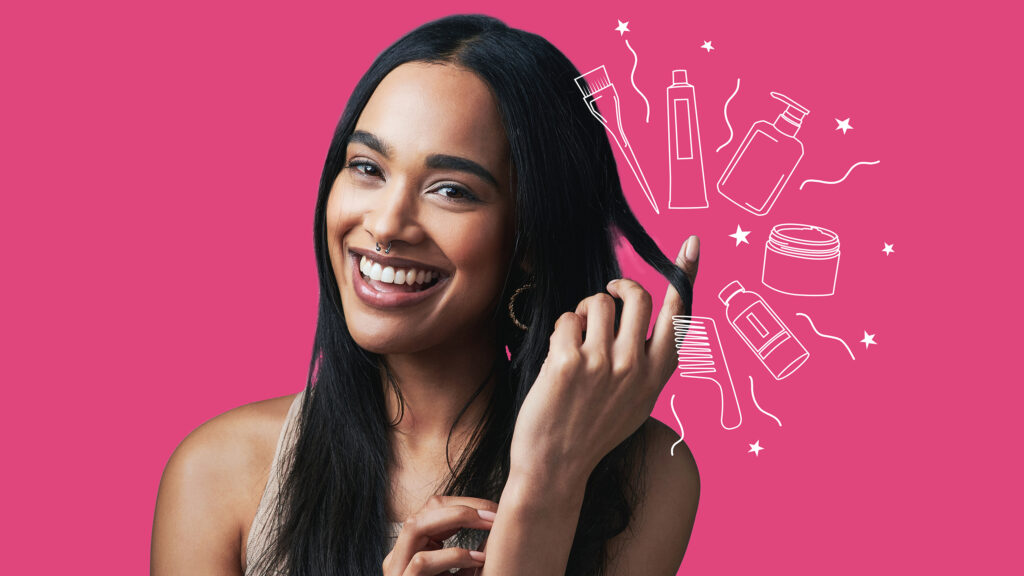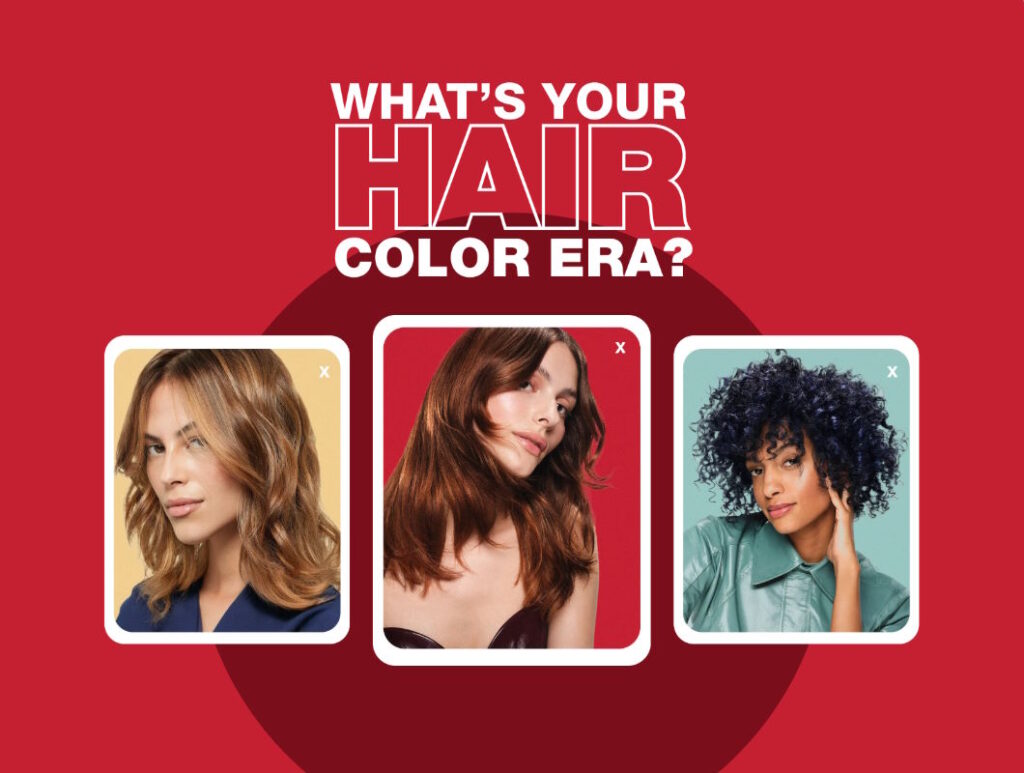The Glow We Inherited: Latina Skin, Heritage, and the Future of Beauty
At a sunlit café in Miami, board-certified dermatologist Dr. Bertha Baum and actress Fefi Oliveira spoke to a room of Latinas gathered for Neutrogena’s Cafecito Hour. It wasn’t your typical beauty event. It was a look into the future of how Latinas see themselves. Over cafecito, self-care, science, and heritage came together in conversation.
Surrounded by flowers arranged between displays of Neutrogena skincare, Dr. Bertha Baum smiled as she spoke. “We’ve always been very focused on beauty and taking care of our skin,” she said with a smile. “This is just the beginning of the trendsetting we’re going to do. Our features are unique, and people are starting to appreciate that more.”
This sense of pride was at the heart of Neutrogena’s Cafecito Hour, where Dr. Baum and actress Fefi Oliveira unveiled “Belleza Latina: Uncovering What’s Shaping U.S. Hispanic Beauty & Skincare,” a study conducted by the Hispanic Marketing Council and powered by Neutrogena, examining Latinas’ influence on beauty trends.
The study found that Latinas are setting beauty standards by combining traditional remedies, such as natural ingredients and family rituals, with modern science. These routines foster pride and community, highlighting how Latina heritage influences beauty standards and the products that reflect it. The event explored how shifting values are redefining confidence and self-expression.
A New Kind of Confidence
This new confidence was clear at the event. For generations, Latina beauty meant being producida, or always looking perfectly put together. The study, however, shows a shift toward authenticity over perfection.
Sixty-two percent of Latinas aged 18 to 34 in the Belleza Latina study reported a preference for a natural look, and 72 percent stated that they often leave home without makeup.
“I think the idea that we’re not that focused on makeup anymore really stood out to me,” said Dr. Baum. “We’ve always been so focused on beauty and looking good that it came hand in hand with being very done up. We don’t need that anymore. We feel good with our skin, and in our skin, and we’re showing that.”
Actress Fefi Oliveira agreed, connecting the research to her own everyday experience.
“Seventy-two percent of Latinas feel more confident leaving home without makeup, and I’m definitely one of them,” she said. “Yes, of course, I feel better when I go out without makeup. I don’t have to retouch anything. I can just feel great in my naked skin.”
Still, some essentials never change. For many, the Latina beauty trinity of brows, lashes, and lips remains key. As one study participant said, “Even if I don’t wear makeup, I never skip my brows.”
This shift marks a new definition of beauty: one centered on confidence and comfort rather than perfection.
Heritage Meets Science
Dr. Baum explained that Latinas are now combining their cultural traditions with the latest skincare technology.
“We are using that tradition and meeting the science that we now have available in skincare products,” she explained. “We’re really focusing on what dermatologists are recommending and testing so that we can find the right skincare for Hispanic and Latina women.”
According to the study, 73 percent of young Latinas surveyed reported using traditional ingredients such as aloe, coconut oil, and rosewater. Once homemade, these products now appear in dermatologist-tested formulas with advanced ingredients.
“My abuela used to make a mask with aloe,” one study participant from Chicago shared. “Now, I just buy it off the shelf.”
Dr. Baum said this blend of culture and science reflects the broader story of Latina beauty. “When you combine the trust of generational wisdom with proven dermatology, you get the best of both worlds,” she said.
This balance is evident in products like the Neutrogena Collagen Bank 15% Vitamin C Serum, which supports both brightness and skin health. Dr. Baum said, “Vitamin C restores a natural glow and strengthens the barrier, letting us celebrate our unique beauty.”
The Power of Community
The study also found that Latinas are forming what researchers call “skin tribes.” These are groups connected by similar experiences, skin tones, and concerns.
Participants said they turn to micro-influencers, family, and friends for skincare and beauty advice more than celebrities. Latinas want to see others who understand them, and these groups make that possible. These connections make beauty feel authentic.
“We’re going beyond ethnicity,” Dr. Baum said. “We’re creating skin tribes, which means we’re talking with our friends and family and seeing what works for them. We’re exchanging information on what helps with hyperpigmentation, dryness, and sensitivity.”
This sense of connection underscores how Latina beauty is rooted in a shared heritage and community.
Passing It Down
When Dr. Baum described her own beauty ritual, her voice softened.
“The beauty ritual that my grandma and my mom passed to me is cleansing the skin very well,” she said. “That way, your skin can absorb the skincare better—the impurities, the pollution, the free radicals are gone. That simple ritual connects generations.”
Her words resonated with Fefi Oliveira, who also grew up surrounded by family wisdom about beauty.
“A tip that my mom and my grandma passed down to me is to always use products that make your skin feel good,” Fefi said. “No irritation. Only what your skin can actually absorb and benefit from.”
Fefi shared that in her family, beauty lessons go both ways.
“I learned a lot from my grandma. I learned a lot from my sister, [who] is always using new trends, global trends like Korean trends in skincare,” she said. “Something that we do as Latinos is that we make sure that we pass on the trends that we are using to our next generation.”
Both women spoke about how these rituals represent something more than techniques. They’re traditions of care, love, and connection passed down like recipes between mothers, daughters, and abuelas.
The study reported that nine in ten young Latinas surveyed plan to pass down their beauty rituals, while 76 percent already teach older relatives about modern skincare practices.
Each intergenerational exchange shows that skincare practices among Latinas are not only routines of self-care but also acts of cultural preservation, honoring the legacy of ancestral traditions passed down through generations of women.
The Science of Self-Care
Throughout the Cafecito Hour, one theme stood out: skincare is deeply personal for Latinas. For many, caring for their skin is less about vanity and more about feeling grounded, confident, and connected to the generations that came before.
Dr. Baum noted that this focus on skin health reflects how Latinas balance tradition with science. Moisturizing, cleansing, and sun protection have become new expressions of that balance, where la sabiduría de abuela meets science-backed care.
Among the products showcased at the event were Neutrogena Hydro Boost Water Gel, known for its lightweight hydration powered by hyaluronic acid, and Ultra Sheer Mineral Face Liquid SPF 70, a dermatologist-tested sunscreen formulated for everyday wear. These products show that effective skincare can enhance tradition, supporting the rituals that have always defined Latina beauty.
The Future Is Latina
As the event drew to a close, one message resonated: the future of beauty is being shaped by Latinas. It is fearless, informed, and rooted in culture.
According to the study, 85 percent of Latinas surveyed identify as “beauty explorers,” ready to try new products and embrace innovation while honoring their traditions. And for many, skincare and beauty are shared experiences. Eighty-seven percent of the participants said they shop for beauty products with friends or family, turning what might seem like a routine task into a moment of connection.
That sense of community drives Latina beauty forward. Science enhances tradition, and every product, conversation, and ritual reflects pride in their identity.
As Dr. Bertha Baum reminded the group, the numbers only reinforce what’s already happening in real time.
“By 2035, the Hispanic market will continue to grow in the United States, and we’ll make up about 20 to 25 percent of the population,” she said. “We’re excited to see Latinas lead in the beauty industry. This is only the beginning.”




